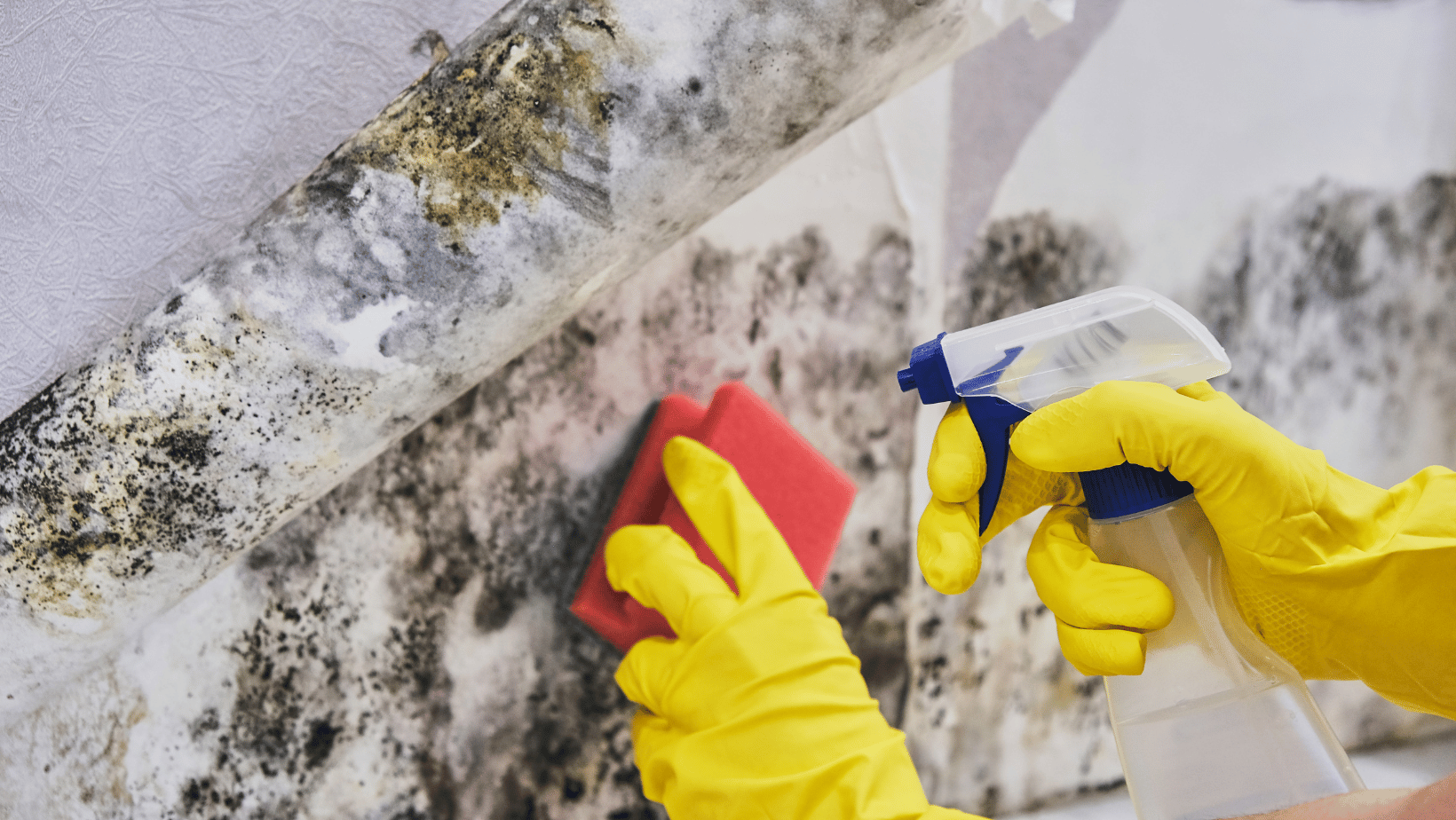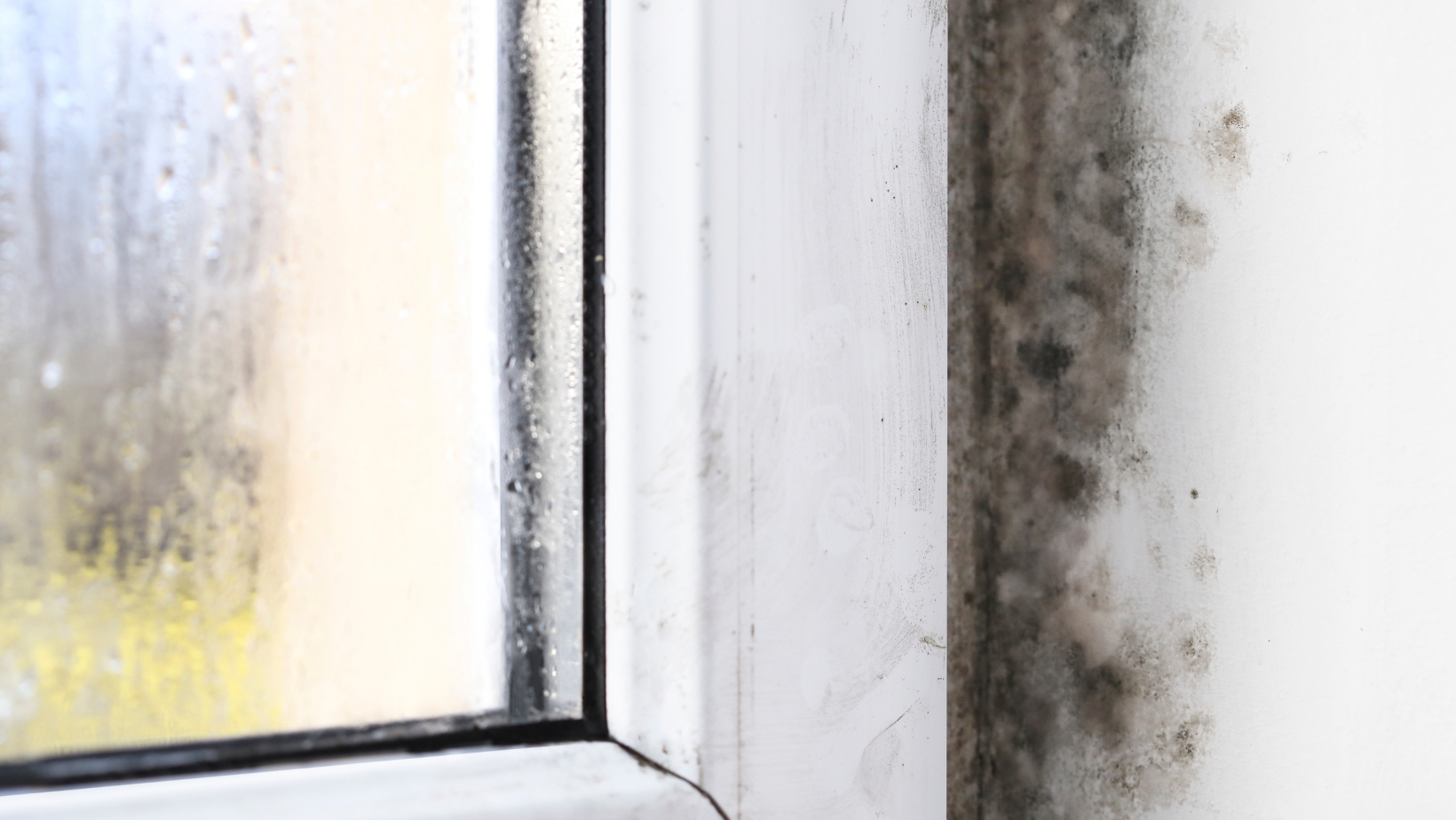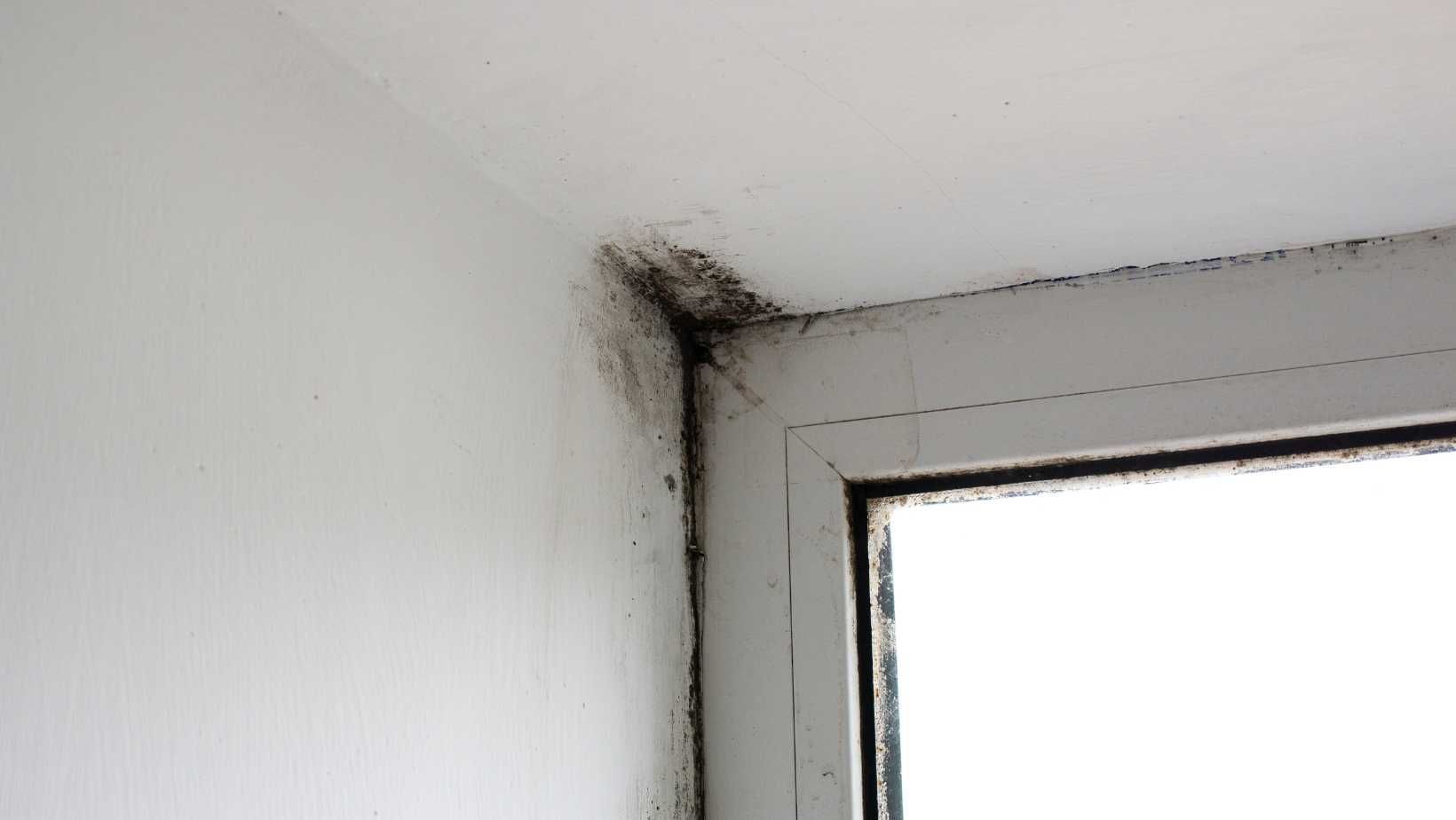When Is Mold Season?
What Season Is Mold Season?
While there may not be a specific mold season, there are some weather conditions that sustain fungal development more than others. For example, mold has trouble thriving during cold, dry months, so winter generally doesn’t promote very much mold growth. That’s not to say that it can’t happen at all, but it is far less likely. Conversely, mold tends to do very well during the summer, when the weather is warm and humid. This is because mold thrives on moisture and warmth. It is all about context and understanding how mold develops in order to avoid it year round.
Mold Sustaining Conditions
Regardless of what time of year it is, if the conditions are right, mold will grow. While it is true that there is no mold season, it is important to be aware of conditions within your home that could be supporting fungal growth. As stated prior, mold prefers moist, warm conditions. Areas of the home that are more susceptible to excess moisture, such as your kitchen, bathroom, or laundry room, can be prone to mold development without proper prevention methods being employed.
It’s true that mold does best in warm, humid conditions, but it isn’t too picky. Areas that are cold and damp with poor ventilation are also at risk. This means that areas of the home that tend to be more dank and musty, like basements, crawlspaces, and attics, can also be vulnerable to mold growth. These spaces need extra attention when it comes to mold prevention. Poor ventilation makes it very easy for mold to not only develop, but also settle into porous building materials. This along with the moisture in the area allows the perfect opportunity for mold to continue to spread.
Mold Season Is Year Round
Mold prevention is a maintenance routine that must be upheld year round. As stated previously, while there is no specific mold season, conditions conducive to mold growth are all around us at any given time of the year. It is important to reiterate that mold is opportunistic, and will grow whenever and wherever it gets the chance.
Your kitchen, bathrooms, and laundry rooms are more prone to warmth and moisture than other areas in the home. The steam, heat and moisture given off by cooking, cleaning, bathing, or doing laundry can create a lot of condensation and excess humidity in these small spaces. It is important to employ the use of proper ventilation in these small areas to prevent moisture from becoming stagnant and seeping into porous building materials and causing fungal development. A vent fan or even an open window can make all the difference in these small spaces of the home when it comes to mold prevention.
Now onto the areas that tend to be a little bit more difficult. Basements, crawlspaces, and attics are areas that commonly experience poor ventilation. Employing the use of proper ventilation methods can help, but it may not be enough. These areas contain a lot of moisture and humidity, but not enough ventilation to balance it out. This makes them more dank and stuffy than other areas of the home. Basements, crawlspaces and attics may require the use of a dehumidifier to minimize the amount of moisture within the space. Ideal humidity levels within the home should stay between 35% and 50%.
How To Deal With Mold In Your Home
You may be doing everything right when it comes to preventing mold, but sometimes accidents beyond our control take place. Perhaps there was some sort of unpredictable flood, leak, or natural disaster that caused fungal growth to develop. Regardless of the circumstance, time is of the essence. It is imperative that you act quickly in any situation where mold is involved. Mold can develop in as little as 24 to 48 hours after moisture is introduced to an area. This is what makes mold remediation jobs so time sensitive. The longer you wait, the worse the damage continues to get. If you come across mold in any area of your home, contact a professional mold remediation company in your area right away to assess the damage. While there may be no specific “mold season,” you should always be aware of mold in your home and how to prevent it.
If your home is struggling with moisture issues or mold damage, call the DryMax team at 337-446-2042 today!
You might also like
DryMax Mold Blogs




